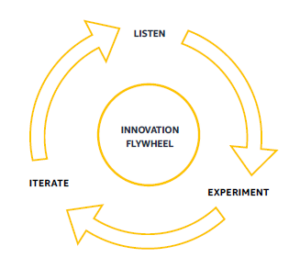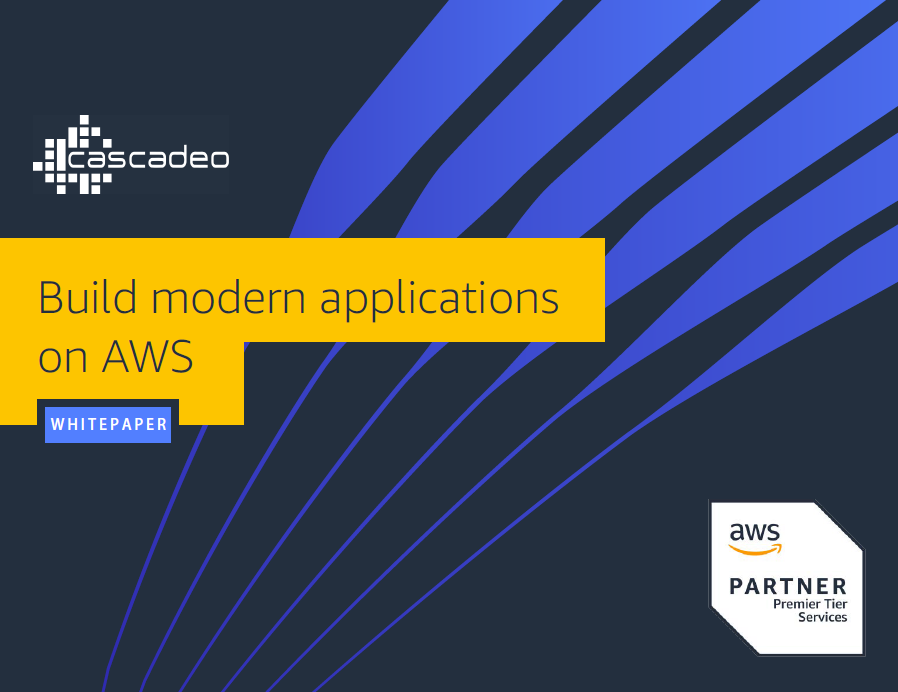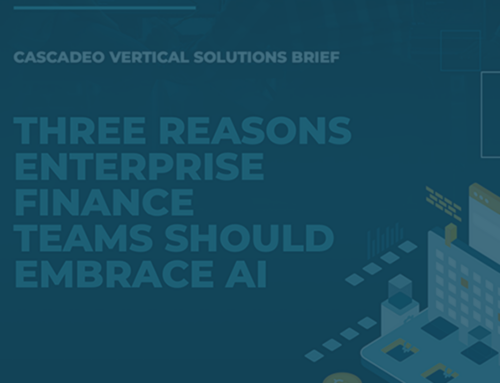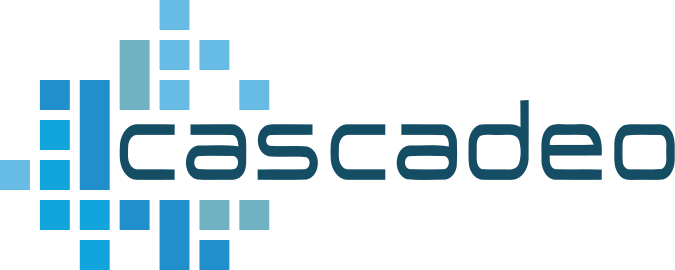White Paper: Building Modern Applications on AWS
Modern applications are changing how you deliver customer value. Many organizations are building new applications the hard way as they struggle to find a balance between managing technology and delivering new features. While the cloud promises agility, that doesn’t happen automatically. As organizations look to accelerate innovation, get more out of their data, and build new customer experiences, they need to modernize the way they build and operate applications. Modern applications are built with a combination of modular architecture patterns, serverless operational models, and agile developer processes.
There are three pathways that will help lay the foundation for modern application development in your own organization. We will also explore how modern application development with AWS can help your organization innovate, reduce costs, accelerate time to market, and improve reliability.
- Re-platform to managed container services. Organizations already running containers on-premises, or thinking about moving applications to containers, can re-platform those workloads to container services on AWS to simplify operations and reduce management overhead costs, such as orchestration and infrastructure provisioning.
- Build new apps on serverless architecture. As organizations build new applications or features, we recommend they use serverless technologies and purpose-built databases to maximize agility, as well as advanced development tools to accelerate development.
- Transform to a Modern DevOps model. To create a cultural shift to build modern applications at scale, organizations can leverage DevOps services and tools while maintaining a high bar on security and governance.
Modern Apps Empower Digital Innovators
Innovation means listening to your customers. In a recent Vision Report, Digital Rewrites the Rules of Business, Forrester Research defines the customer-centric mindset of a digital innovator. The core mission of these modern disruptors is to “…Harness digital assets and ecosystems to continually improve customer outcomes and, simultaneously, improve operational excellence…by applying digital thinking to customer experiences, operations, ecosystems, and innovation.”
Focusing on your customer means making business decisions by working backward from your customer’s point of view. It means constantly evolving products and services to better deliver the outcomes that delight customers. And it means listening to what your customers truly care about so that you can continue inventing and iterating on their behalf. This is called the “innovation flywheel.”
The basic idea is that the driver for any innovation begins with customer demand, improves with customer feedback, and repeats constantly (and profitably) until the demand changes and the whole cycle begins again. The faster your teams can get your own innovation flywheel spinning, the better you’ll be able to build modern applications and the more you will stand apart from competitors.
Building modern applications on AWS will get you to market faster. By speeding up the build-and-release cycle and offloading operational overhead, developers can quickly build new features. You will increase innovation with a modular architecture that lets teams experiment with individual application components without risking the entire application. By automating test procedures and monitoring at every stage of the development lifecycle, you will improve reliability. Finally, you will improve total cost of ownership (TCO) with a pay-for-value pricing model that reduces the cost of over-provisioning or paying for idle resources.
To build modern applications, you may need to reconsider the foundation on which they are built. While shifting this architecture may be dramatic at an organizational level, the process does not need to be brutal. Many organizations take an inspired leap to build new modern apps in the cloud, but plenty of others take a hybrid approach, often taking a team-by-team and workload-by-workload journey, moving opportunistically one step at a time.
Each pathway—re-platform, build, and transform—can help lead to increased agility, lower costs, and building better apps that support business success. While you can modernize applications from any starting point, the outcome needs to be the same: applications that are secure, reliable, scalable, and quickly available for your customers and partners at the onset.
Ready to learn more? Get the whitepaper.





